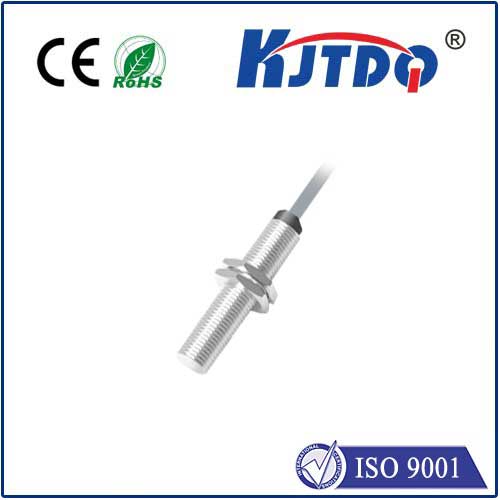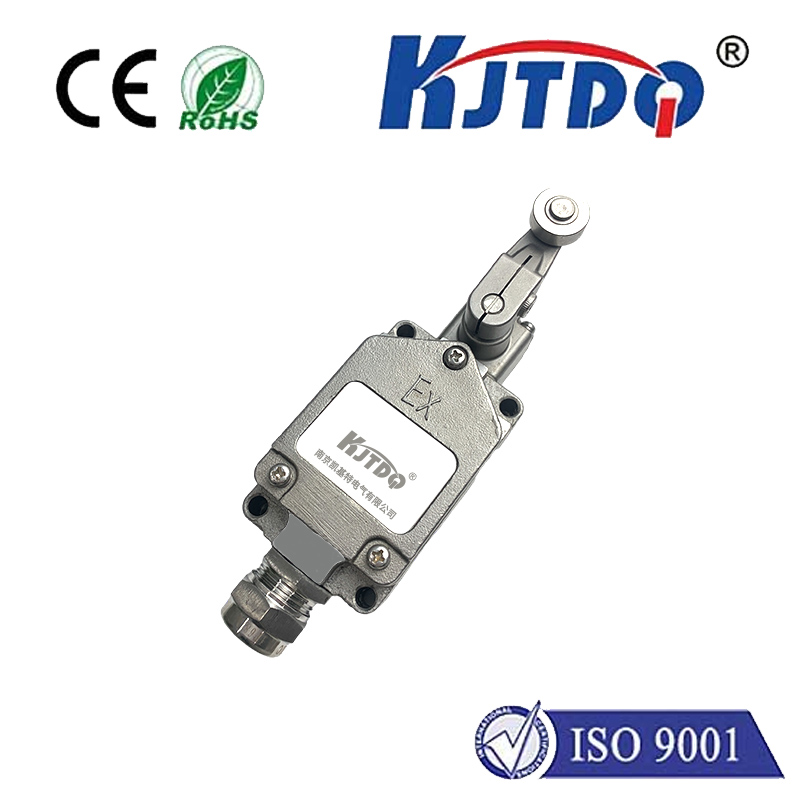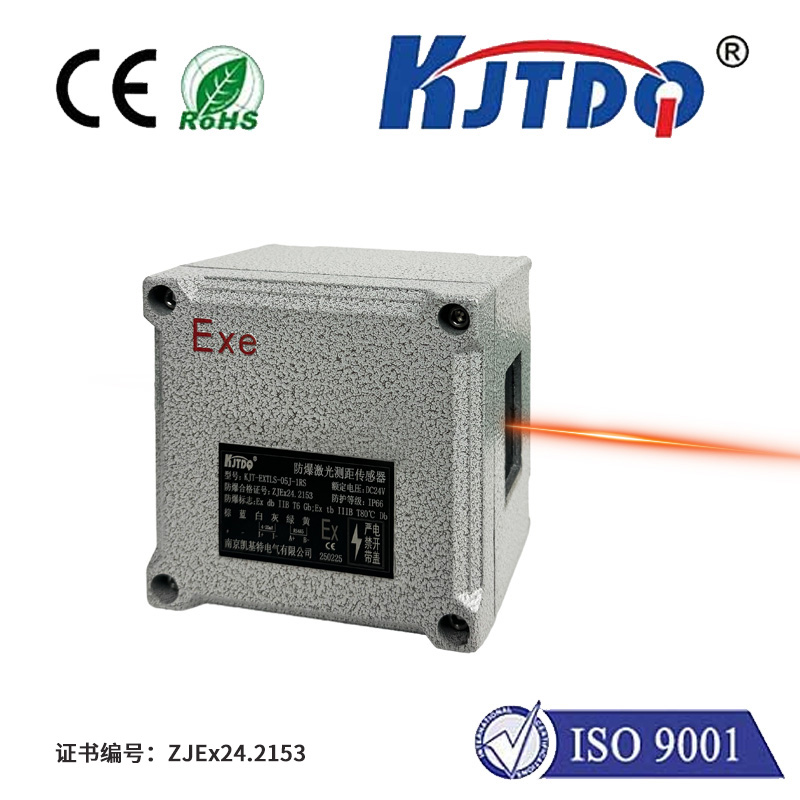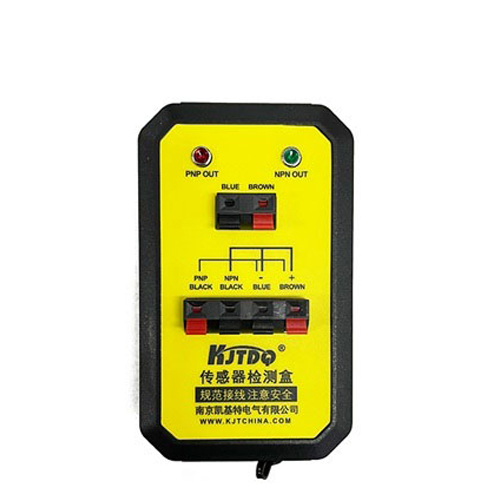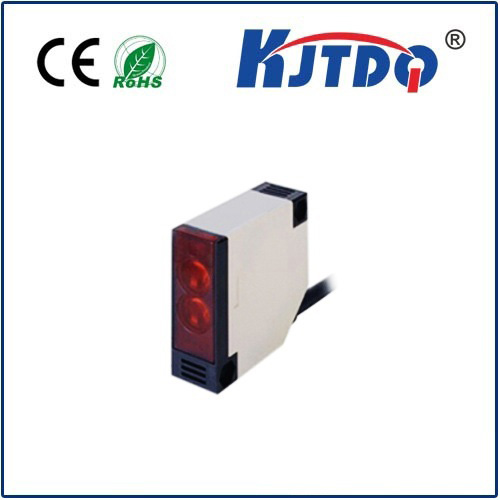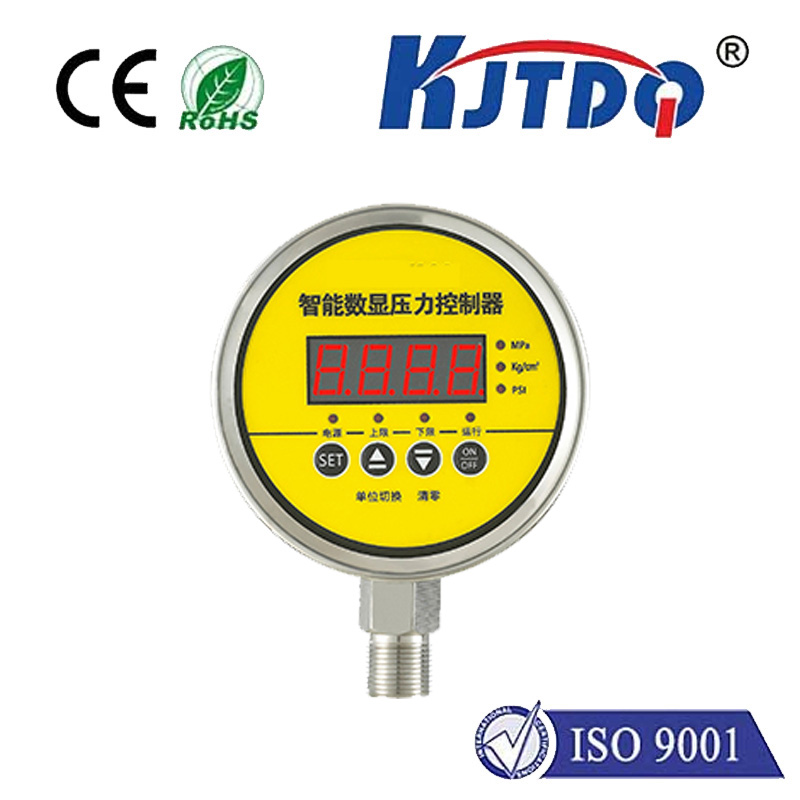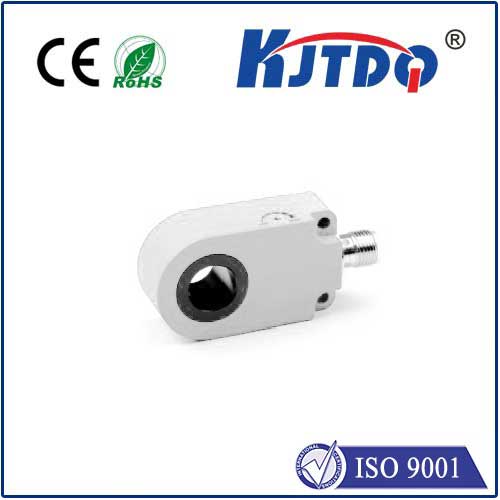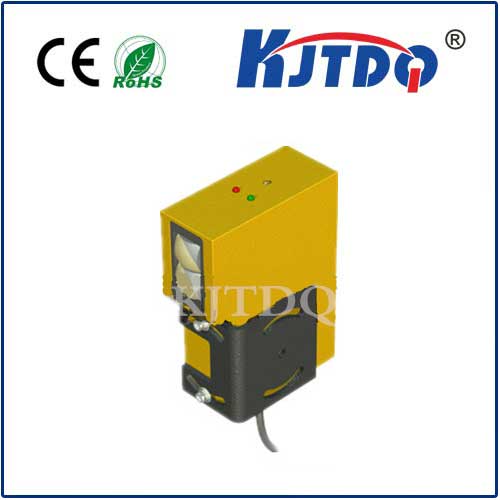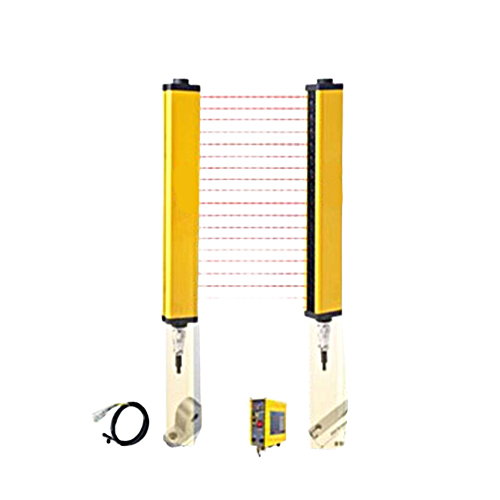Turbo Speed Sensors: The Unsung Heroes of Modern Engine Performance In an era where vehicles are smarter and faster than ever, a tiny yet critical component keeps turbocharged engines running smoothly—often without drivers ever noticing. Turbo speed sensors may not grab headlines like horsepower figures or futuristic infotainment systems, but their role in optimizing performance, preventing damage, and ensuring fuel efficiency is nothing short of revolutionary. Let’s dive into why these sensors are indispensable in today’s automotive landscape and how they quietly shape the driving experience.
At its core, a датчик скорости вращения турбины monitors the rotational speed of a turbocharger’s turbine shaft. Turbochargers rely on exhaust gases to spin their turbines, compressing air into the engine for increased power. However, excessive rotational speeds—often exceeding 200,000 RPM—can lead to catastrophic failure. This is where the sensor steps in, acting as a guardian by providing real-time data to the engine control unit (ECU). Modern sensors use advanced technologies like Hall-effect or inductive sensing to track turbine speed with pinpoint accuracy. By continuously relaying this information, they enable the ECU to adjust fuel delivery, boost pressure, and even trigger safety protocols if speeds approach dangerous thresholds.

1. Preventing Turbocharger Failure Turbochargers operate under extreme conditions, and overspeeding is a leading cause of wear and tear. Without a speed sensor, the ECU would lack the data needed to regulate boost pressure effectively. For instance, in high-performance engines, sudden throttle changes can cause rapid spikes in turbine speed. The sensor detects these fluctuations, allowing the ECU to reduce boost or adjust wastegate settings, thereby averting potential damage. 2. Enhancing Fuel Efficiency Turbocharging improves engine efficiency by forcing more air into combustion chambers, but uncontrolled boost can negate these benefits. By optimizing turbo speed, the sensor ensures the engine operates within its ideal efficiency range. Studies indicate that properly calibrated turbo systems can reduce fuel consumption by up to 10% in diesel engines—a feat made possible by precise sensor data. 3. Supporting Emission Controls Stricter emission regulations demand smarter engine management. Turbo speed sensors indirectly contribute to cleaner exhaust outputs by maintaining optimal combustion conditions. For example, consistent boost pressure prevents incomplete fuel burning, a major source of harmful particulates and nitrogen oxides (NOx).
The sensor’s design varies by manufacturer, but most follow a similar principle:
Like any component, turbo speed sensors can degrade over time. Watch for these red flags:
As hybrid and electric vehicles gain traction, skeptics question the relevance of turbochargers—and by extension, their sensors. Yet, industry trends suggest otherwise. Automakers are doubling down on smaller, turbocharged “downsized” engines to meet emission targets without sacrificing performance. Emerging technologies like electric turbochargers (which use motors to eliminate turbo lag) will rely even more heavily on advanced sensors. Meanwhile, the rise of connected vehicles opens doors for real-time turbo health monitoring via cloud-based systems. In racing circles, Formula 1 teams already use ultra-precise sensors to push turbos to their limits while avoiding failure. This trickle-down technology could soon redefine everyday driving.
From protecting engines to enabling greener mobility, turbo speed sensors exemplify how unassuming components can have an outsized impact. As automotive innovation accelerates, these sensors will remain at the heart of the balance between power, efficiency, and reliability—proving that sometimes, the smallest parts drive the biggest changes.
